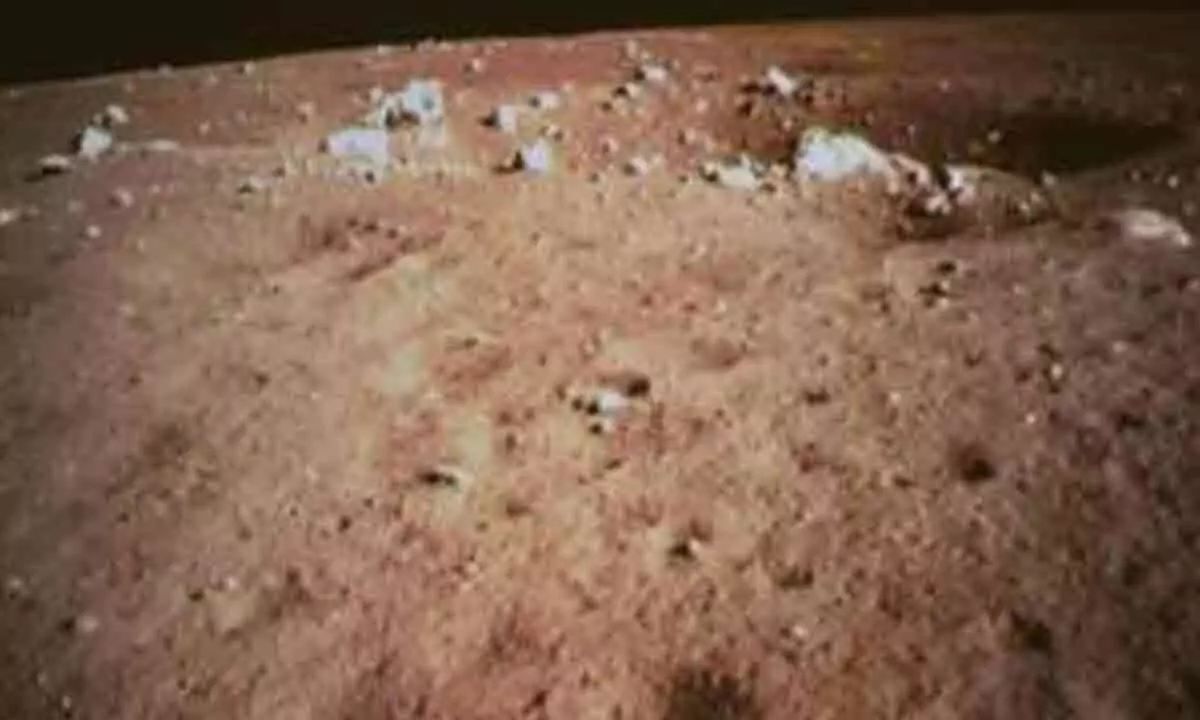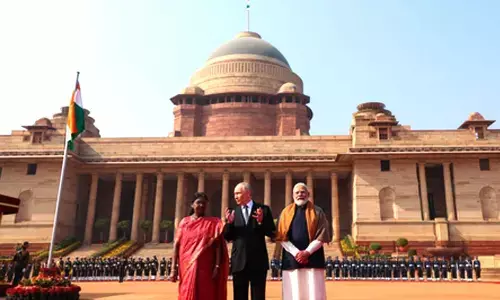Moon 40 mn years older than earlier thought, reveal crystals from lunar surface
Share :

Crystals brought back by Apollo astronauts in 1972 from the lunar surface have revealed that the Moon is 40 million years older than scientists thought.
Washington : Crystals brought back by Apollo astronauts in 1972 from the lunar surface have revealed that the Moon is 40 million years older than scientists thought.
In a study published in the journal ‘Geochemical Perspectives Letters’, researchers used crystals to help pinpoint the time of the Moon’s formation. Their discovery pushes back the age of the Moon by 40 million years, to at least 4.46 billion years old.
“These crystals are the oldest known solids that formed after the giant impact. And because we know how old these crystals are, they serve as an anchor for the lunar chronology,” said Philipp Heck, the Robert A. Pritzker Curator for Meteoritics and Polar Studies at the Field Museum in the US and a professor at the University of Chicago.
The sample of lunar dust used in the study was brought back by Apollo 17 astronauts in the last crewed mission to the Moon in 1972. This dust contains tiny crystals that formed billions of years ago. These crystals are a telltale sign of when the Moon must have formed.
“We were approached by our coauthors, Bidong Zhang and Audrey Bouvier, who needed a nanoscale look at these samples in order to understand them fully,” said the study’s lead author, Jennika Greer, who is now a research associate at the University of Glasgow.
When the Mars-size object hit the Earth and formed the Moon, the energy of the impact melted the rock that eventually became the Moon’s surface. Since the crystals must have formed after the magma ocean cooled, determining the age of the zircon crystals would reveal the minimum possible age of the Moon.
A previous study by co-author Zhang suggested this age, but the most recent study marks the first use of an analytical method called atom probe tomography which “nailed down” the age of this oldest known lunar crystal.
This atom-by-atom analysis, conducted using instruments at Northwestern University, showed how many of the atoms inside the zircon crystals had undergone radioactive decay. The proportion of lead isotopes that the researchers found indicated that the sample was about 4.46 billion years old. Therefore, the Moon has to be at least that old.
“It’s amazing being able to have proof that the rock you’re holding is the oldest bit of the Moon we’ve found so far. It’s an anchor point for so many questions about the Earth. When you know how old something is, you can better understand what has happened to it in its history,” Greer noted.
“It’s important to know when the Moon formed,” added Heck, “because the Moon is an important partner in our planetary system. It stabilises the Earth’s rotational axis, it’s the reason there are 24 hours in a day, it’s the reason we have tides”.
“Without the Moon, life on Earth would look different. It’s a part of our natural system that we want to better understand, and our study provides a tiny puzzle piece in that whole picture,” the authors noted.













